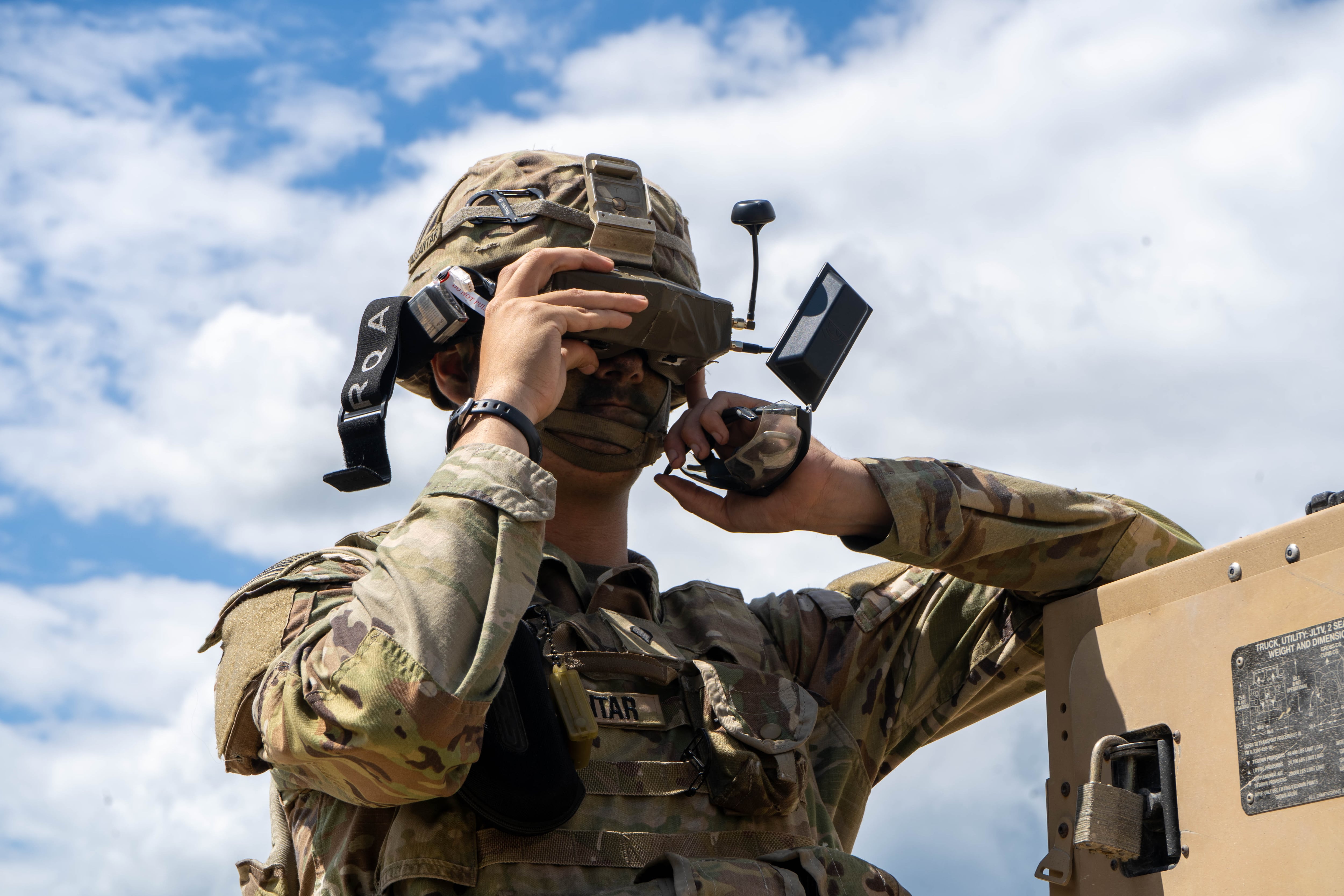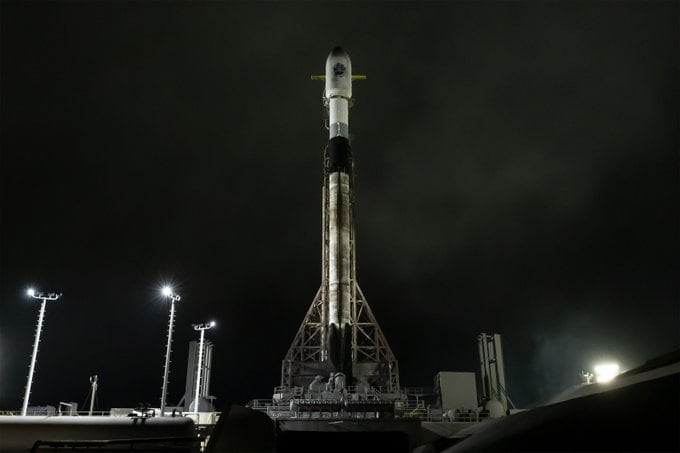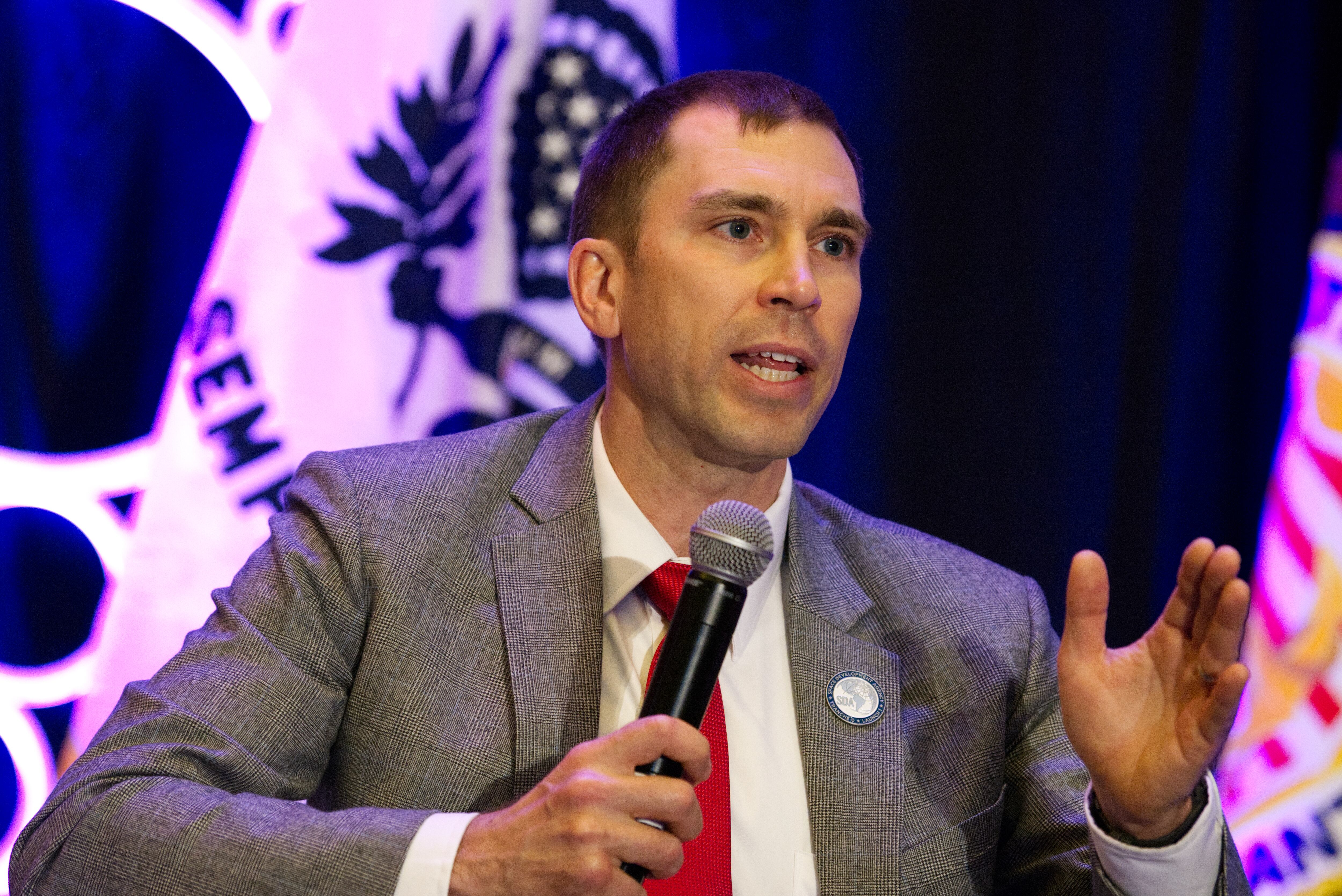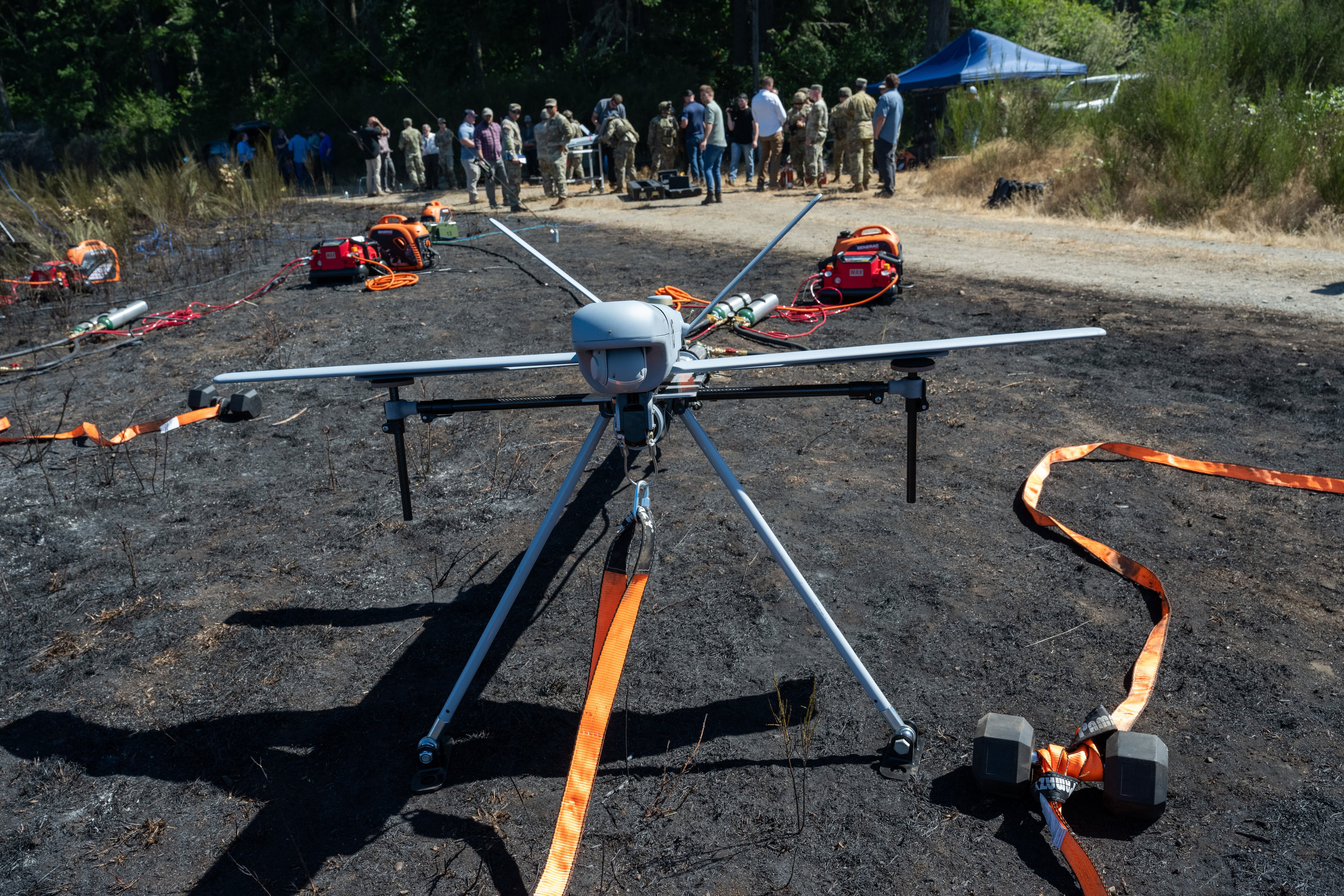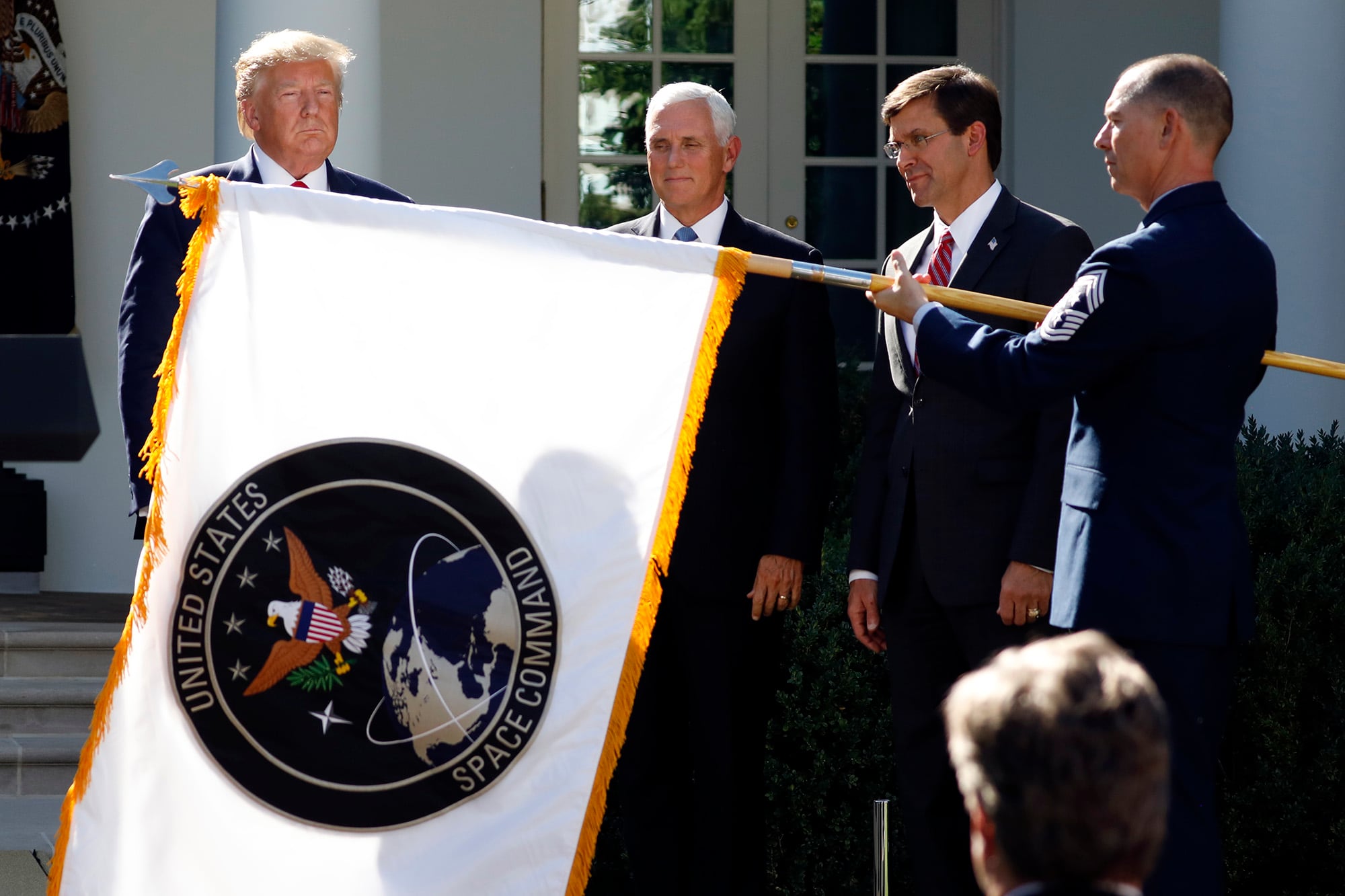A recent vendor selection puts the Air Force on the road toward significant upgrades to the mission computer systems of its F-16 aircraft.
Raytheon will upgrade the Modular Mission Computer (MMC), which manages fire control, weapons management information and head-up display symbology data, among other functions. The company says the new mission computer will have twice the current processing power and 40 times the current memory.
The Air Force says it needs the beefed-up computing capability in order to support emerging capabilities such as advanced radar and high-definition video. "The latest upgrade to the computer was fielded in 2013, and a lot of these newer capabilities are going to require greater processing speed, greater throughout," said John Weyrick, Air Force program manager for the F-16 computer upgrades.
Enhanced computing will support new tools intended to dramatically improve a pilot's situational awareness. For example, the Air Force wants to expand the programmable display generator, which drives the cockpit video capability, from two screens to a maximum of six screens. "We can't do that upgrade without a faster processor to handle the throughput and memory," Weyrick said.
Analysts see the computer upgrades as a necessary measure at a time when the Air Force may be encountering more capable adversaries.
"North Korea and Iran have air defenses that can reach out twice as far as in the past, and we have to catch up. We need to engage with those systems from much farther away, and we need computing power to do that," said Brad Curran, a defense analyst with Frost & Sullivan. "They also want to know when they are getting painted by [an] adversary’s radar so they can pass along that kind of electronic warfare information. To do these kinds of things you need a much stronger signal-processing effort than you have today."
Improvements to the MMC also would help the Air Force remain internally consistent. "When they build the F-35 and when they upgrade the F-18s, those radars are better and those computers are better, so the Air Force wants to give those same capabilities to all their platforms," Curran said.
The service says its recent award to Raytheon will cover 617 aircraft — all of which are part of the Air Force's inventory. Raytheon says it also is working with Lockheed Martin to upgrade F-16 computers for oversees clients.
Raytheon officials describe the upgrades to throughput and memory as a way to future-proof the flight computer against future changes to sensors and other key technologies.
"It’s about the ability to process sensor data faster, whether it is radar or data. Those systems will go through upgrades over time and the MMC needs to keep pace with it," said Tom Quast, director of strategy and business development in Raytheon’s electronic warfare systems business.
"The modular computer has to be able to keep up with all those sensors on that jet and all the things the Air Force wants to do with them," he said. "They want to process sensor data faster, they want to process mission data faster. All of that is what will make the platform more effective overall."
While the improved MMC is expected to incorporate advanced cybersecurity features, the biggest gains will be seen in the area of compute capabilities. Raytheon says it will achieve these new performance marks by introducing multicore processing for the first time in the MMC. Quast calls this "the heart of the upgrade."
In multicore processing, a single computing component or chip is enabled to carry out multiple, independent sets of computations, working multiple tasks simultaneously. "That is the state of the art capability. It’s where microprocessors are going. That is the de facto implementation these days," Quast said.
Those eager to test fly the new F-16 computer will have to exercise patience: The service says the upgrades are not slated to roll out until 2022-23. While that may seem like a long time for a computer upgrade, the Air Force notes that the F-16 computer does incorporate some 6 million lines of codes.
"You’ve got an airplane that has been around forever, and we want to be sure that everything continues to run seamlessly," Quast said.

